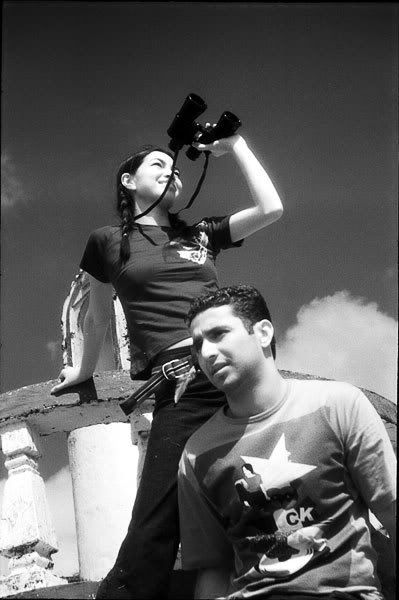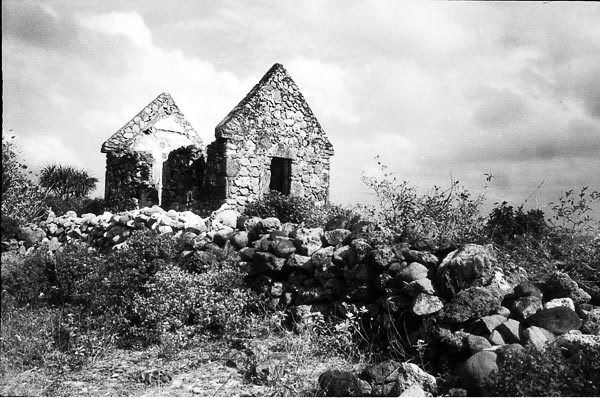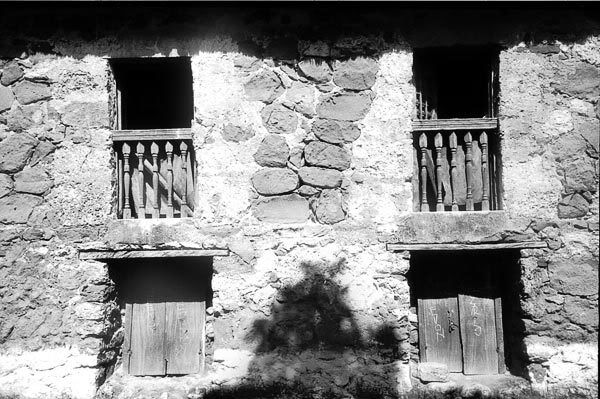ifirdauzi
Newbie
ZorkiKat said:In D76 1+3, develop Lucky 400 for 18-25 minutes at 20 deg C.
Jay
Usually I use D76 1:1 for Lucky SHD 100, 9 minutes @20C, first 60 seconds agitation and 10 seconds/minute after that. Try this as first guess, later on you can add or reduce the Dev time to suit your taste
Lucky may not be the best film, but sure it is the cheapest film in my hometown, cost me only 7000 IDR (~0.9 USD)
Example of lucky
Igor




